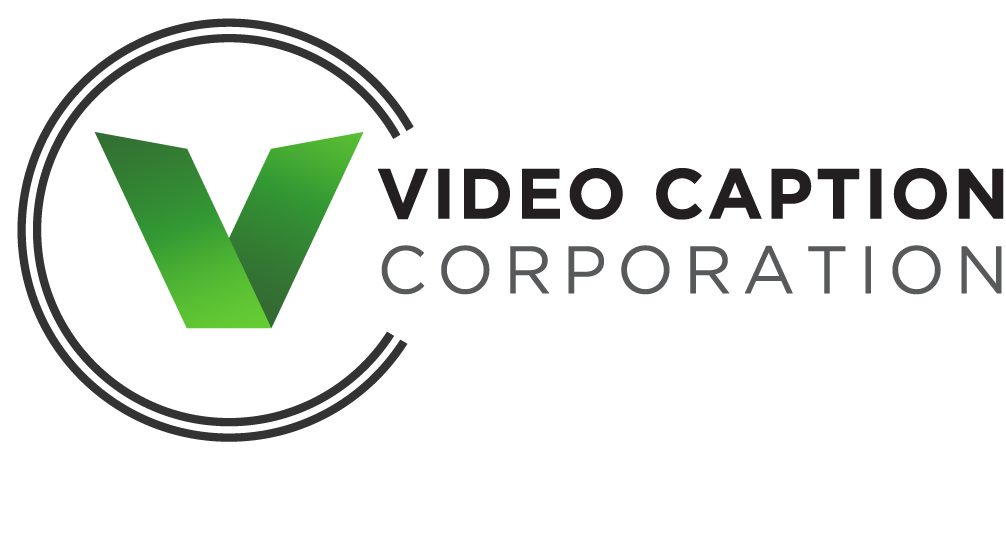As published in Technologies for Worship Magazine, January 2009
TFWM: Why are an increasing number of churches required to close caption programming destined for broadcast?
Tiffany S. Thomas: Today, most religious broadcasting must meet Federal closed captioning laws that were first established under the Telecommunications Act of 1996 (the Telecomm Act). Under the Telecomm Act, the FCC set timelines for broadcasters, cable, and satellite distributors to close caption new and pre-existing television programs. The schedule distinguished between “new” programming (analog programming first shown after January 1, 1998, and digital programming first shown after July 1, 2002), and “pre-rule” programming (analog and digital programming first shown prior to such dates). In addition, there was a separate schedule for Spanish-language programming.
Currently, 100% of all new, and 75% of all pre-rule, English-language programming must be closed captioned. The closed captioning of Spanish-language programming is being phased in on a later schedule. Currently 75% of all new, and 30% of pre-rule, Spanish-language programming must be closed captioned. In 2010, all new Spanish-language programming must be closed captioned and in 2012, 75% of all “pre-rule Spanish programming must be closed captioned.
Historically, some churches have been exempted from Federal closed captioning laws by qualifying for a waiver under FCC rules (Section 79.1(d)). Recently however, obtaining such a waiver has become significantly more difficult, as the FCC has interpreted the waiver requirements much more narrowly. Consequently, more and more religious groups are finding that they must comply with the FCC’s closed captioning requirements – either by performing the captioning themselves or engaging the services of an outside provider.
TFWM: With religious broadcasting, what are the key differences between offline and real-time captioning?
TST: The difference is essentially live versus pre-recorded captioning. Real-time captioning is performed at the same time the broadcast is aired. A captioner is linked directly to the station and words are captioned as they are spoken. Offline captioning is done after the broadcast is recorded and before it is aired. Offline captions are meticulously edited and are typically much more accurate than real-time captions.
TFWM: What are the typical styles used in closed captioning and when should religious content owners consider using them?
TST: Video Caption Corporation offers three different styles of captioning to suit our clients’ programming and budget. Basic Roll-up Style Captions (which are fully FCC compliant) are accurately transcribed, carefully timed, free of typos, and never cover onscreen graphics. In addition, caption editors diligently research all unfamiliar terms for proper spelling, and subject the captions to the same multiple-level quality control reviews applied to premium caption styles. Premium Roll-up Style Captions (a company exclusive), include features that significantly increase overall readability. For example, when captions are moved to avoid covering onscreen graphics, caption editors do not simply relocate the three-line block of text as they would with Basic Roll-up. Rather, they anticipate the move by taking the text off the screen at the end of the sentence immediately prior to the graphic, and then begin the next sentence with the text in the new location. When consistent with the audio, the editors also time the text to come off the screen at the end of a scene and begin again at the start of the next scene. The last video captioning service we offer is Pop-on Style Captions, which are preferred by deaf and hard-of-hearing viewers because of the additional information they provide. Pop-on Captions are carefully placed on the screen to indicate the speaker, and include descriptions of music and sound effects. While rarely used for religious programming, they are the ideal choice for programming where multiple individuals appear onscreen simultaneously.
TFWM: Aside from complying with Federal broadcasting mandates related to making video more accessible to individuals who are deaf or hard of hearing, are there other reasons for worship leaders to close caption their video?
TST: With over 40 million deaf and hard-of-hearing individuals in the US, closed captioning helps religious content owners get their messages out to the widest possible audience.
TFWM: Can closed captioning be used to reach this audience with video distributed on DVDs or on the Web?
TST: Absolutely. While the FCC does not yet require the captioning of Web videos or DVDs, worship leaders have an opportunity to enhance the value of the video they share with their fellowship over the Internet and on DVDs and make their video accessible to millions of deaf and hard-of-hearing individuals. However, in these instances, “closed” captions may not be the ideal method.
While video on DVD can certainly include closed captioning, because of the technical limitations of many DVD players – as well as certain peripheral devices, such as DLP projectors – there is a risk that some viewers will not be able to see the captions. For this reason, we advise our clients to consider either open captioning or English-language subtitling for their DVD video.
Open captions are “burned” onto the video and need no other device to be viewed. Subtitles have the added advantage of being customizable. Clients can choose from a wide range of options in fonts, type sizes, colors, edging, drop shadows, anti-aliasing, and background.
With respect to webcast video, captions can be produced for all of the major formats, including Flash, Windows Media, Quick Time, and Real Media. Traditional webcast captions can be turned on and off by the viewer, but many of our clients have chosen to have their web video open captioned. This not only reduces the number of routine questions from users trying to turn on the captions, but also enables the captioning to be viewed on various mobile devices.
Tiffany S. Thomas is director, business development of Video Caption Corporation (www.vicaps.com), a leading provider of closed captioning and subtitling solutions for all kinds of video.


